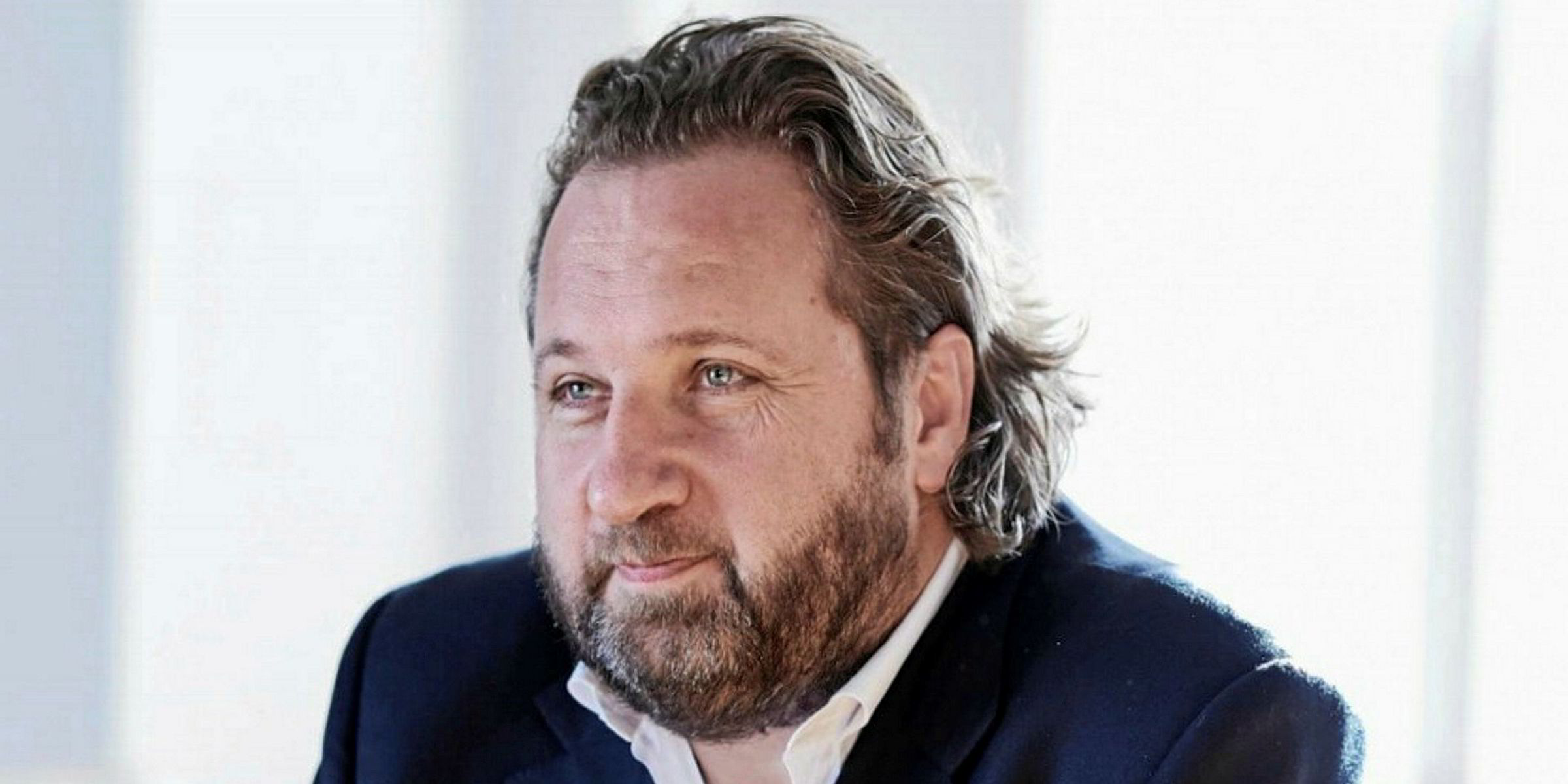Andi Case believes newbuilding activity is set to increase, but the Clarksons chief executive does not expect a wave of new activity to disrupt the overall recovery across the industry.
Speaking after Clarksons reported an increased first-half profit today, Case said he also thinks higher rates will be a game changer in raising investor interest and capital markets activity.
Shipyards experienced a challenging first half in 2019, with limited activity in both tanker and dry bulk markets and a slowdown in fresh LNG contracts.
Clarksons placed the global orderbook at 3,172 vessels of a combined 198m dwt at the end of June, representing a 13% decline since the end of 2018 and the lowest level since the close of September 2017.
Case explained that the fall in contracting and the number of active shipyards now coincides with a moment where the whole shipping industry is in transition in fuel and propulsion.
“That leads to some question marks on timing as to what assets people will be ordering at a particular point in time,” Case said, noting Clarksons has been involved in a number of key projects.
“I think there will be some buildout of the building capacity, but I don’t think at this point in time the market needs a huge amount of tonnage,” Case said.
“It is still recalibrating the surplus tonnage we have had in the marketplace.
“I think it will be a gradual pickup in that newbuilding orderbook but I don’t think we are going to see a shock wave of tonnage suddenly being ordered.
“I don’t think the finance of the shipping markets is there for that.”
No clear winner
Case said that, from an economic perspective, there was not yet a clear winner on what the best future fuel solution for the industry will be.
“The new fuelling is quite an expensive additional cost,” he said. “It’s not so easy to justify the cost on a stand-alone basis.”
Clarksons said the tanker orderbook shrunk by 25% in dwt terms in the first half, driven by firm VLCC deliveries from South Korea.
The VLCC orderbook of 81 units at the end of June was the lowest since December 2013.
The relatively active LNG newbuilding scene saw 30 new ships added in the first half, down 27% from the record activity seen in 2018 despite some speculative contracting, the shipbroker said.
“There remains some optimism for an improved second half as yards push to sell pockets of more imminent capacity that remains uncommitted, as well as the continued drive towards LNG and greener propulsion that may well catalyse further investment into newbuildings as we push into the second half of the year and into 2020,” Clarksons said in its half-year report.
Clarksons booked an underlying pre-tax profit of £20.1m for the opening six months of 2019, up from £19.2m at the same stage of 2018.
Capital markets challenges
The global trade war and Brexit negotiations have dented capital markets activity this year, contributing to a 50% drop in revenue from Clarksons' securities division in the first half.
While there was a lack of activity in initial public offerings in the period, Clarksons was involved in six equity and two debt offerings worth a combined $830m. The shipbroking giant's report said three further offerings were pulled due to market conditions.
Case said the first half saw stocks experience a number of upward runs followed by selldowns.
“We are still seeing companies, in my opinion, significantly undervalued across the space,” he said.
“While that remains the situation, it makes the capital markets a challenging place to go and raise further equity to do transactions.
“We are very happy and comfortable with our market position and sitting with a number of deals waiting to be done.
"But the market needs to be in the right position to go and execute those transactions. As is often the case, the market will come and then the money will follow.”
Case added that the investment community has been looking at shipping for some time.
But given past experience some remain “a bit shy” to come forward until they see proof the market has turned.
“There is a combined issue of market cap, liquidity and valuation,” Case said.
“In all of those aspects the game changer is rates and confidence in rates.”








